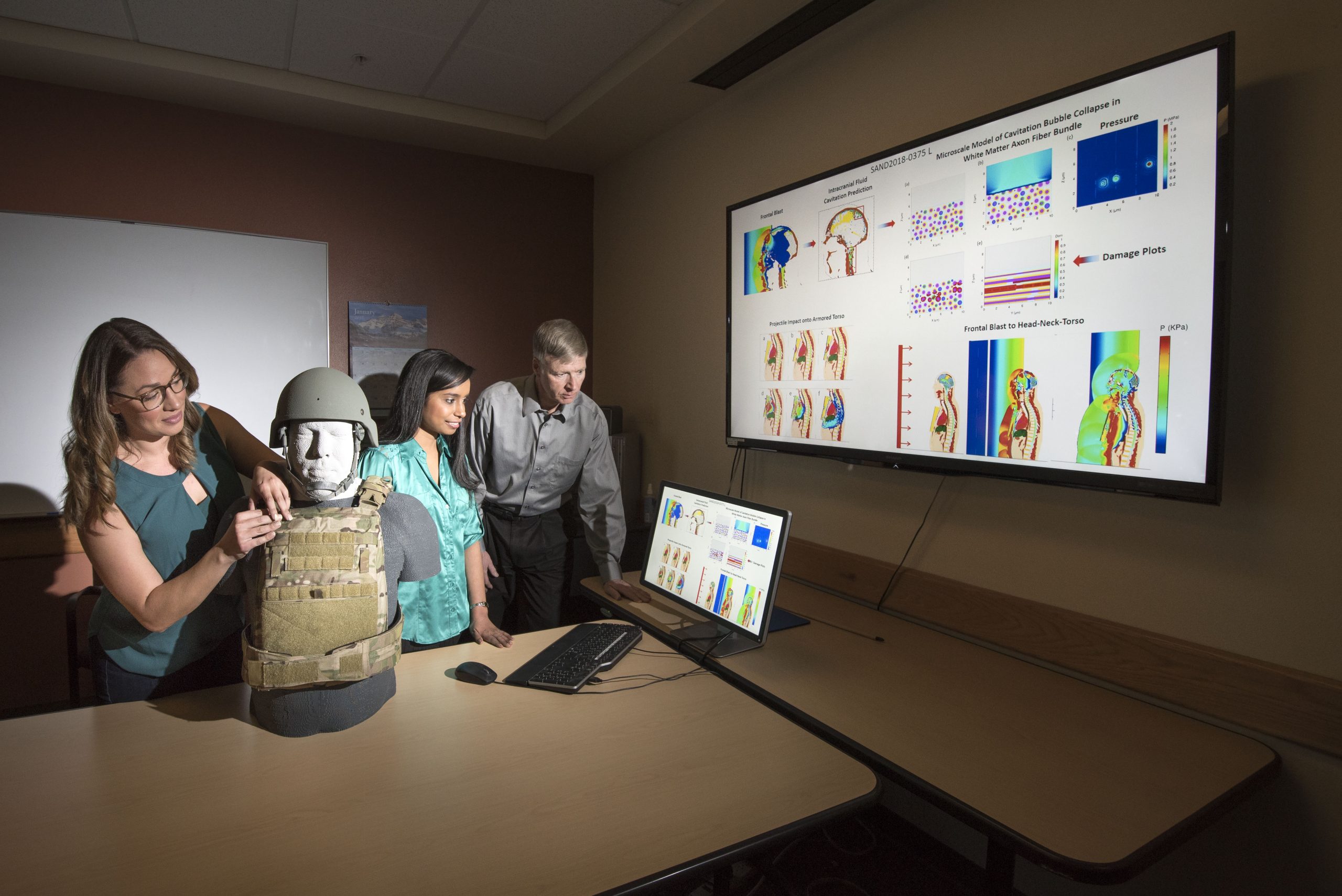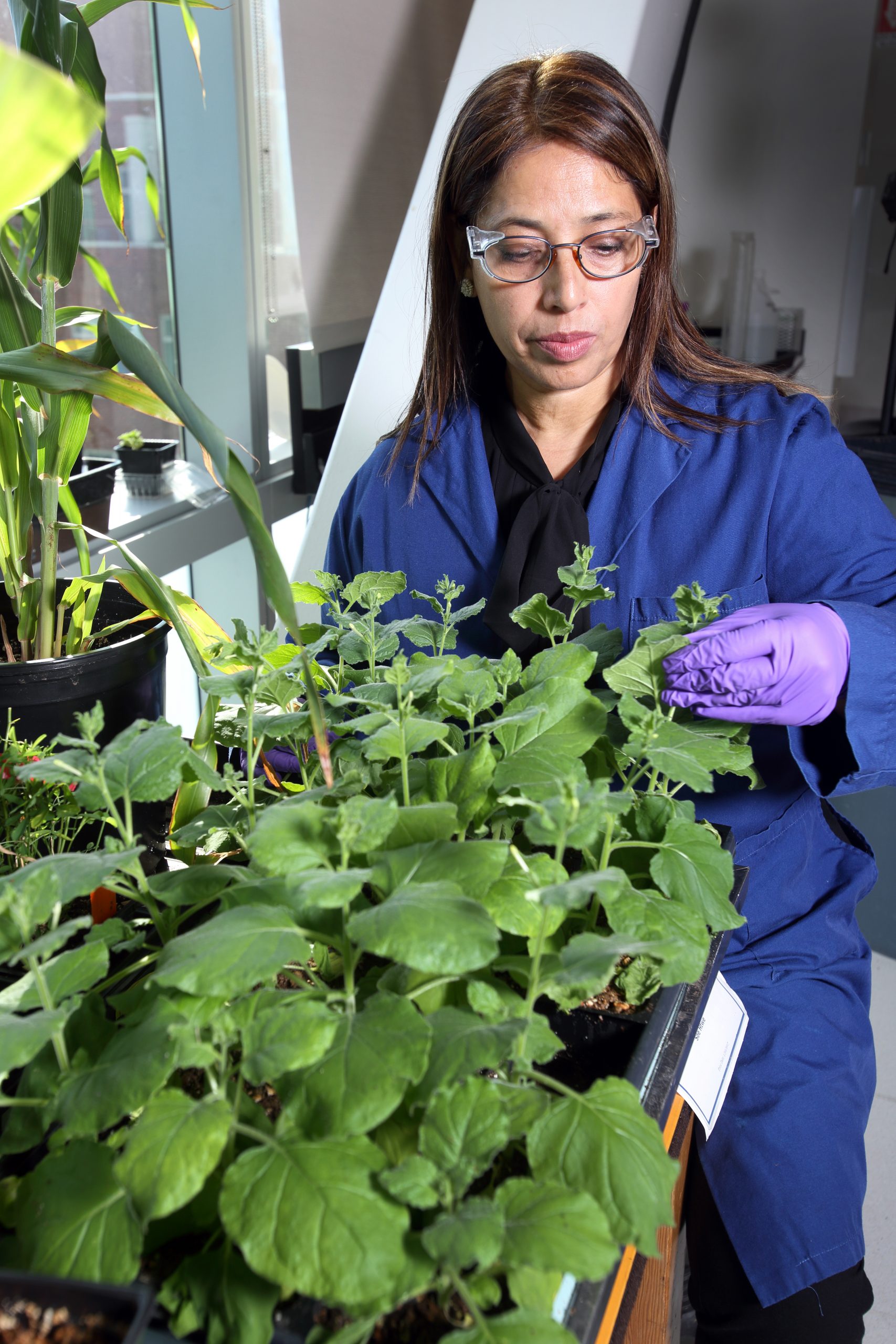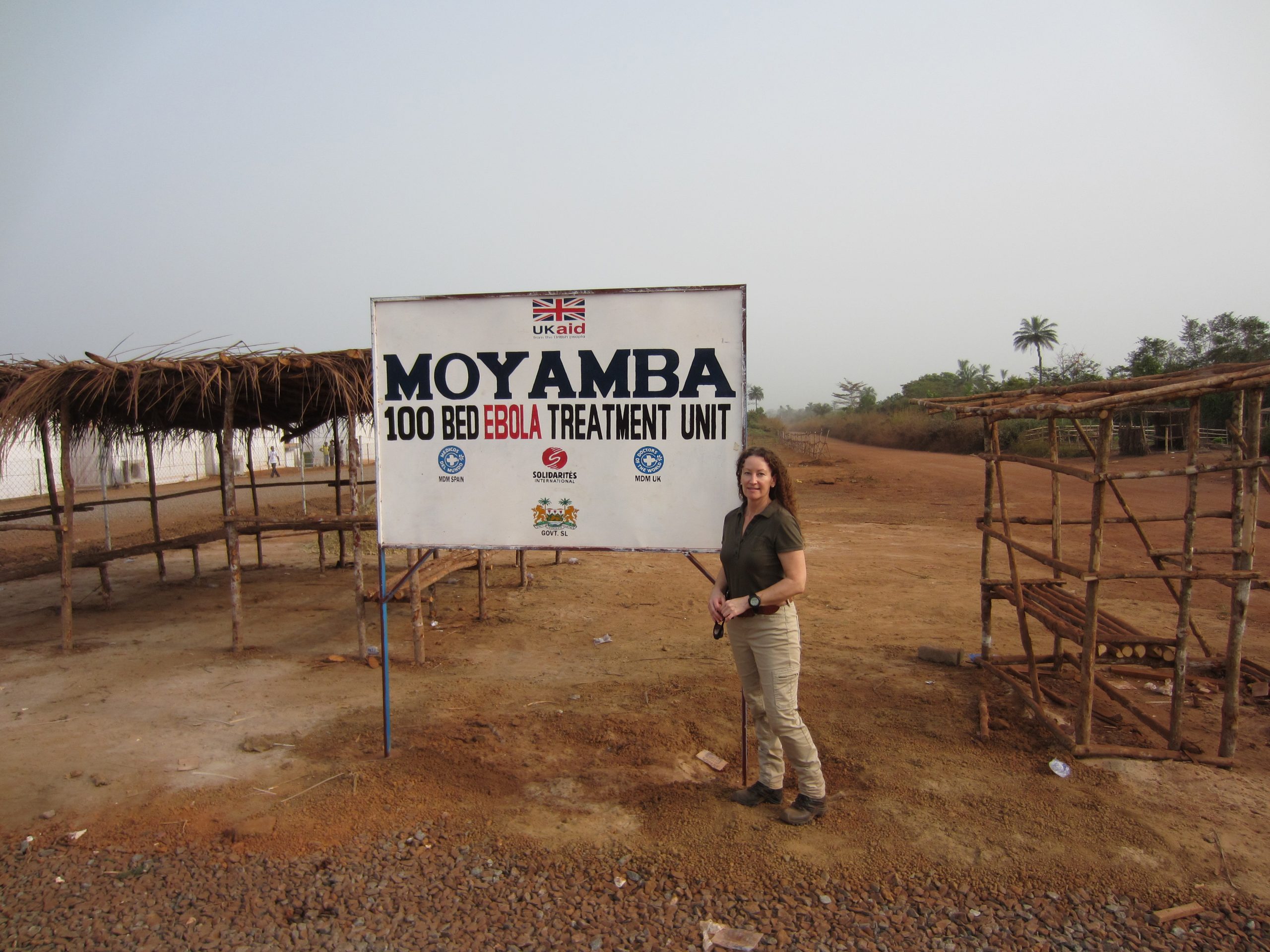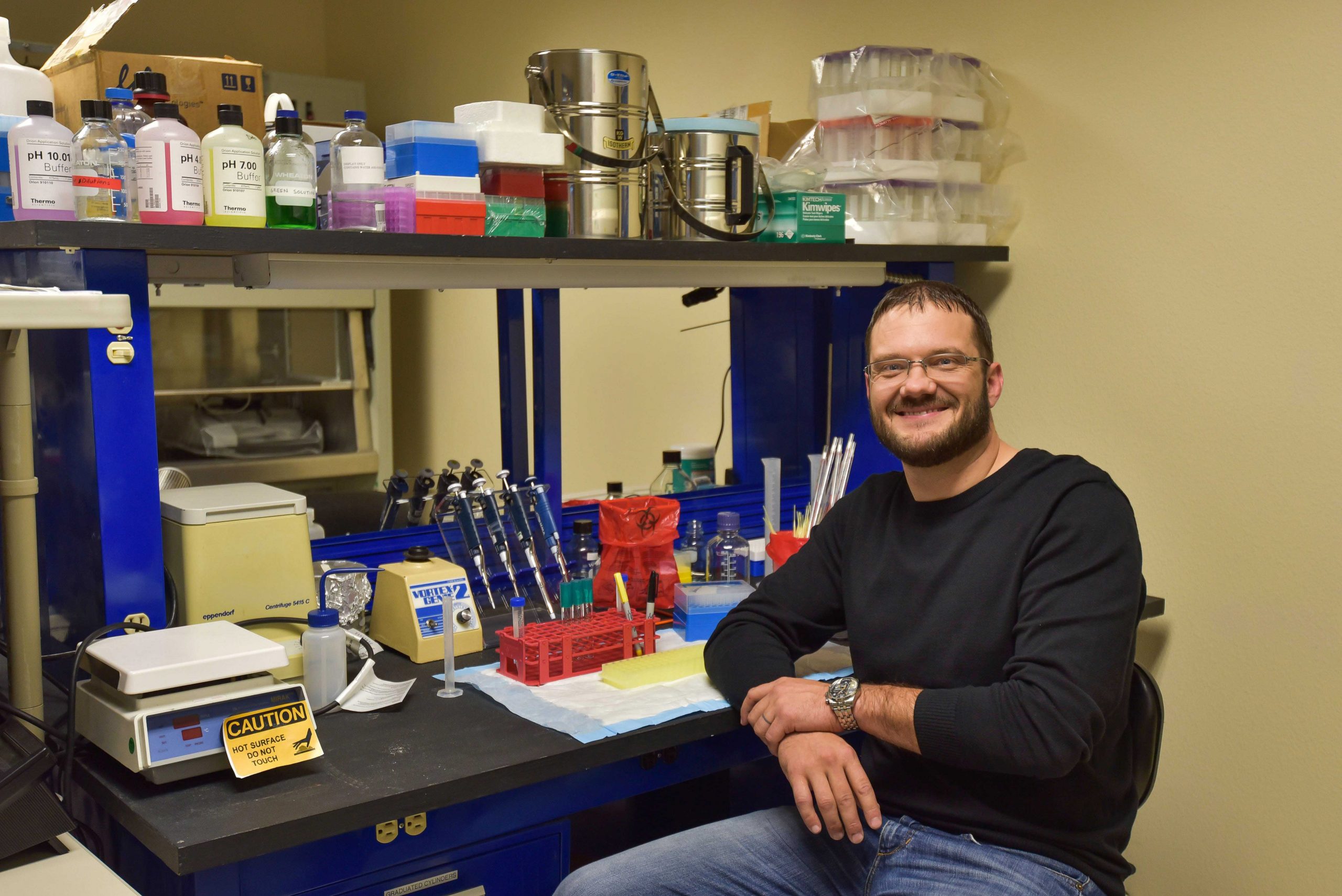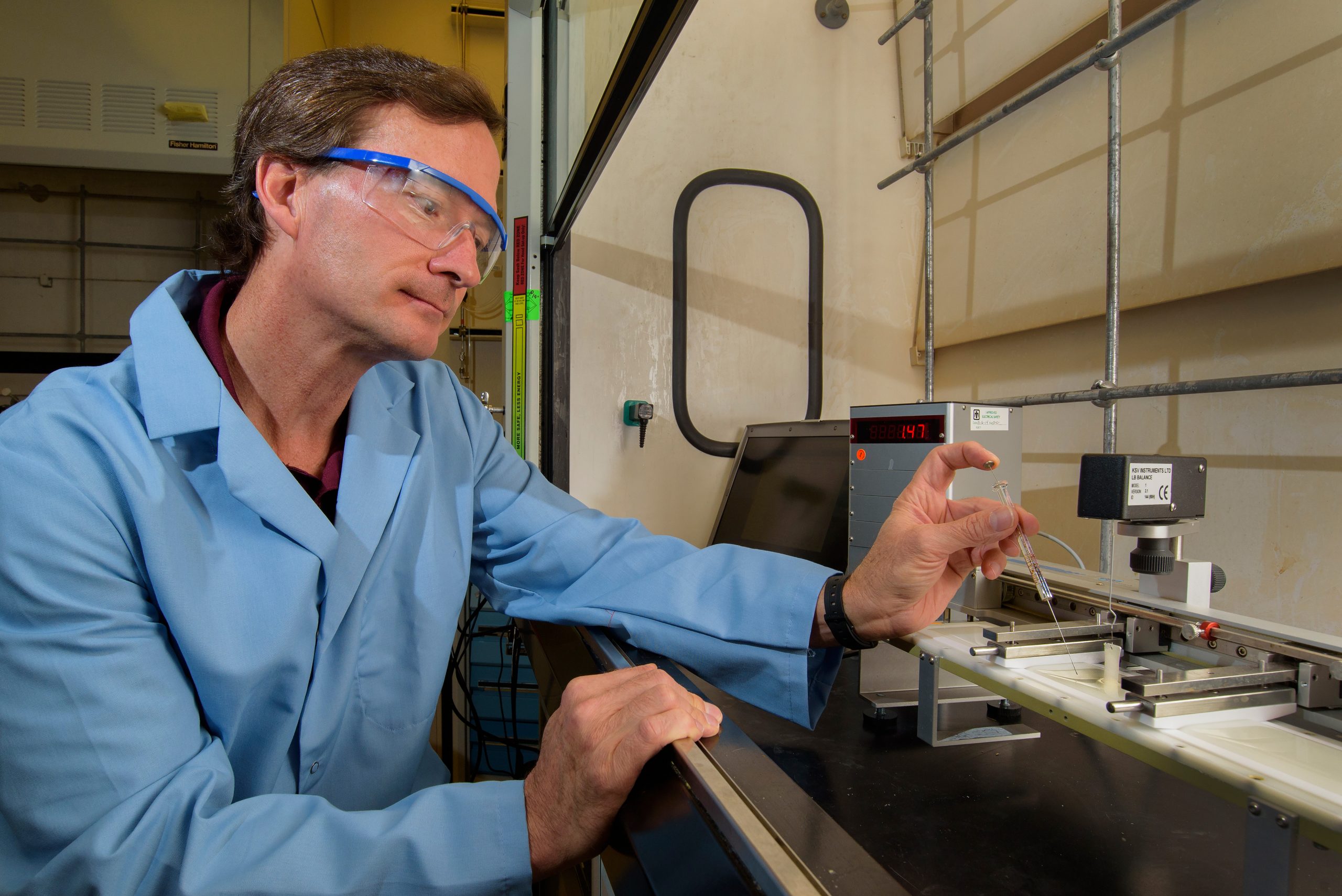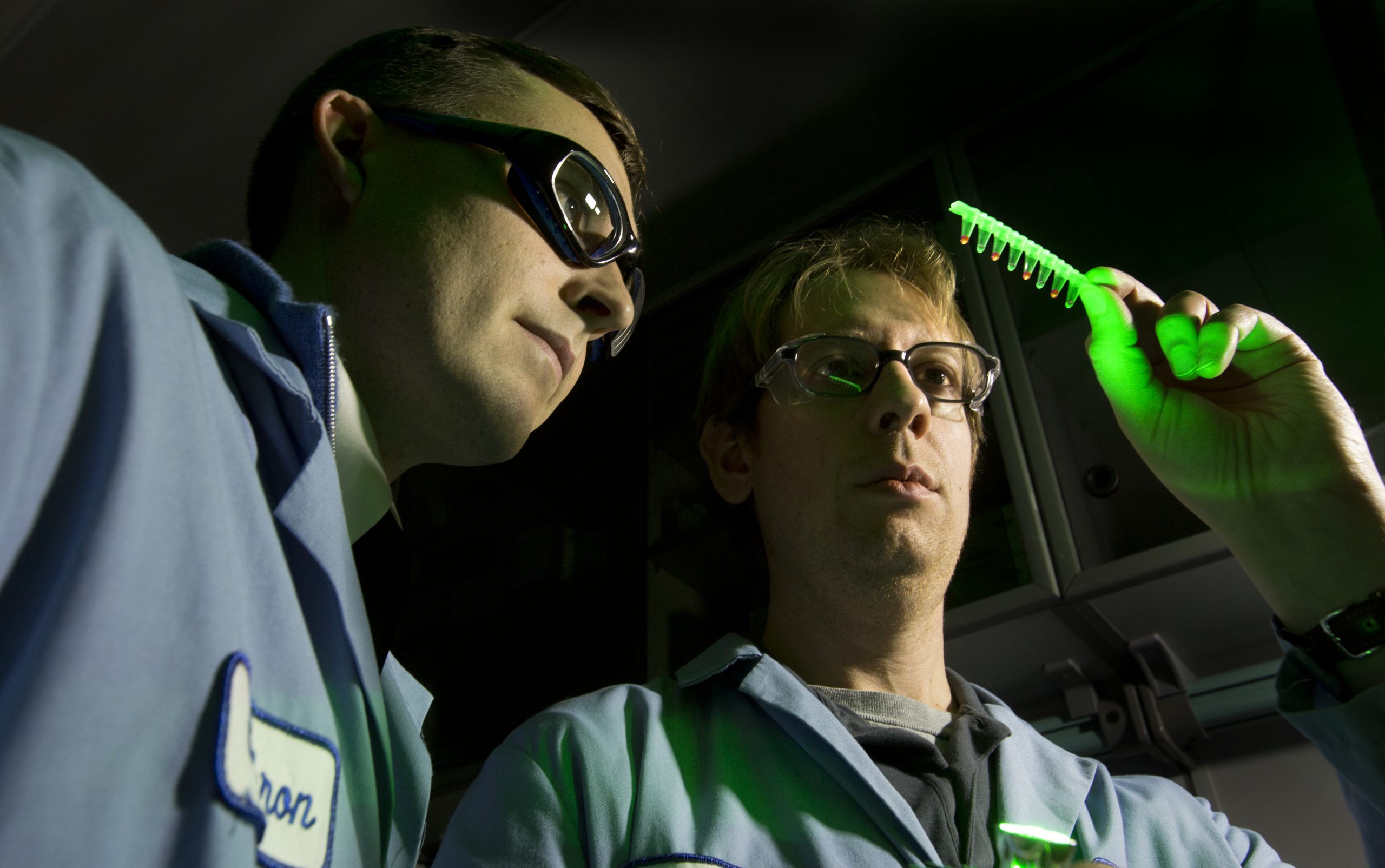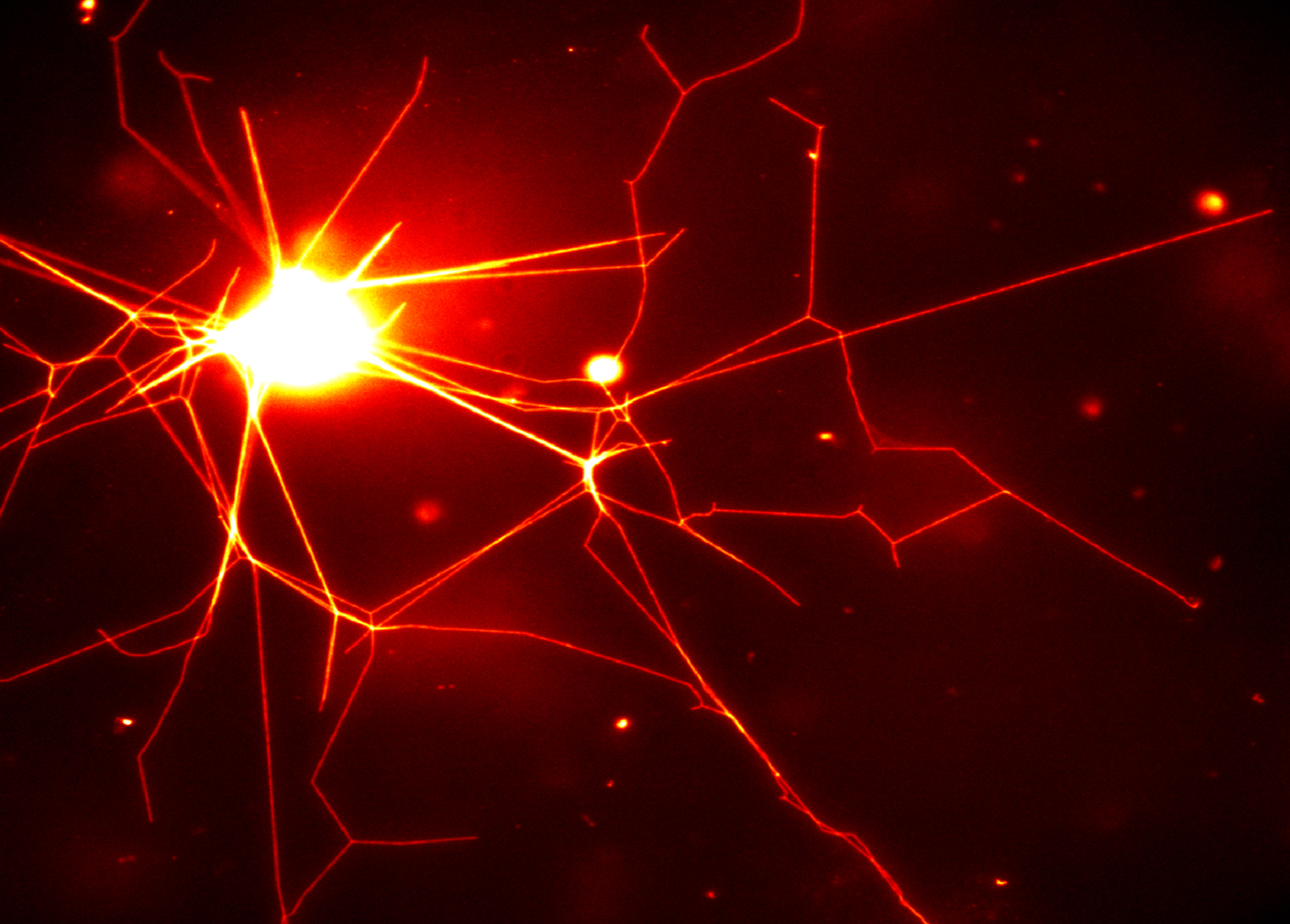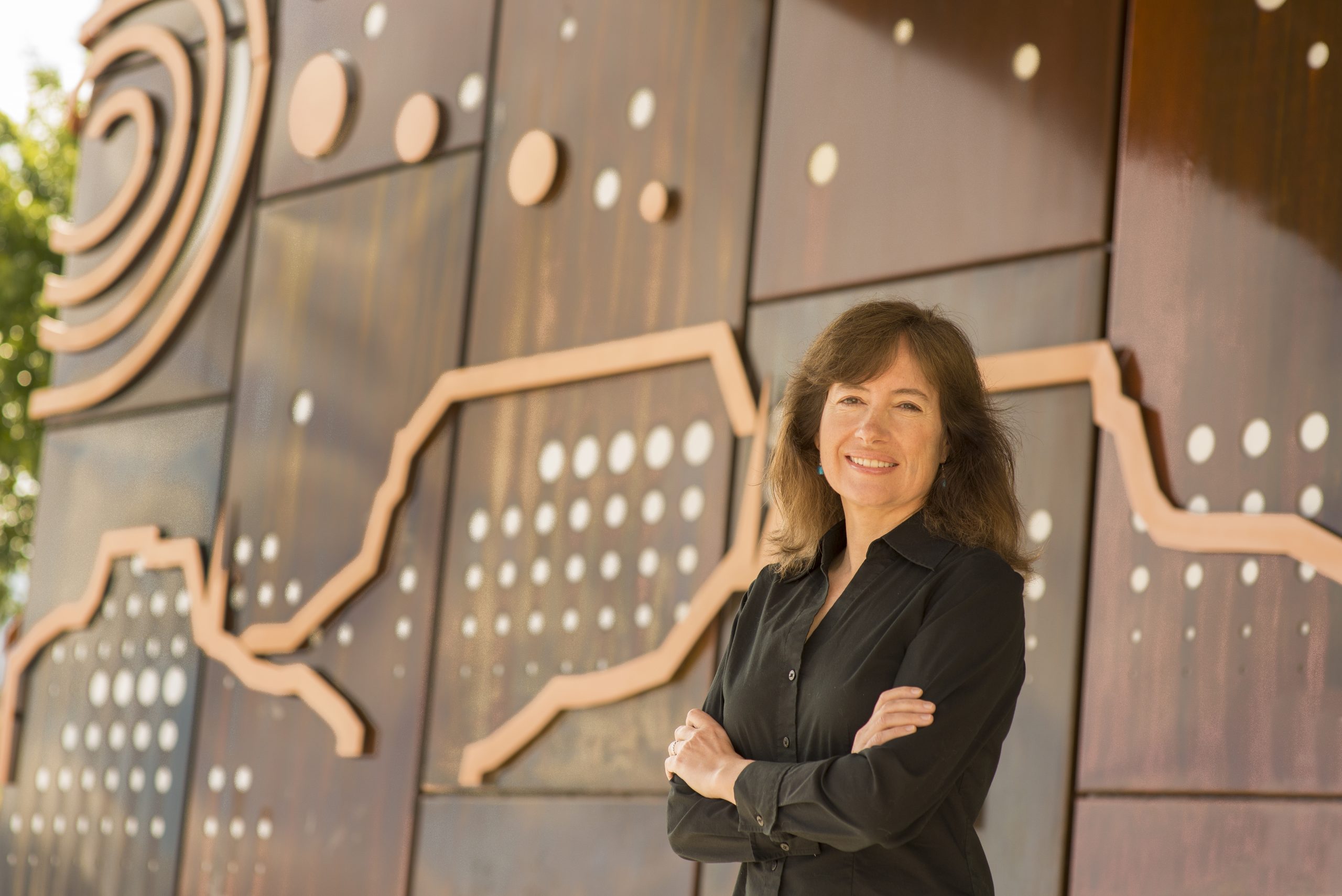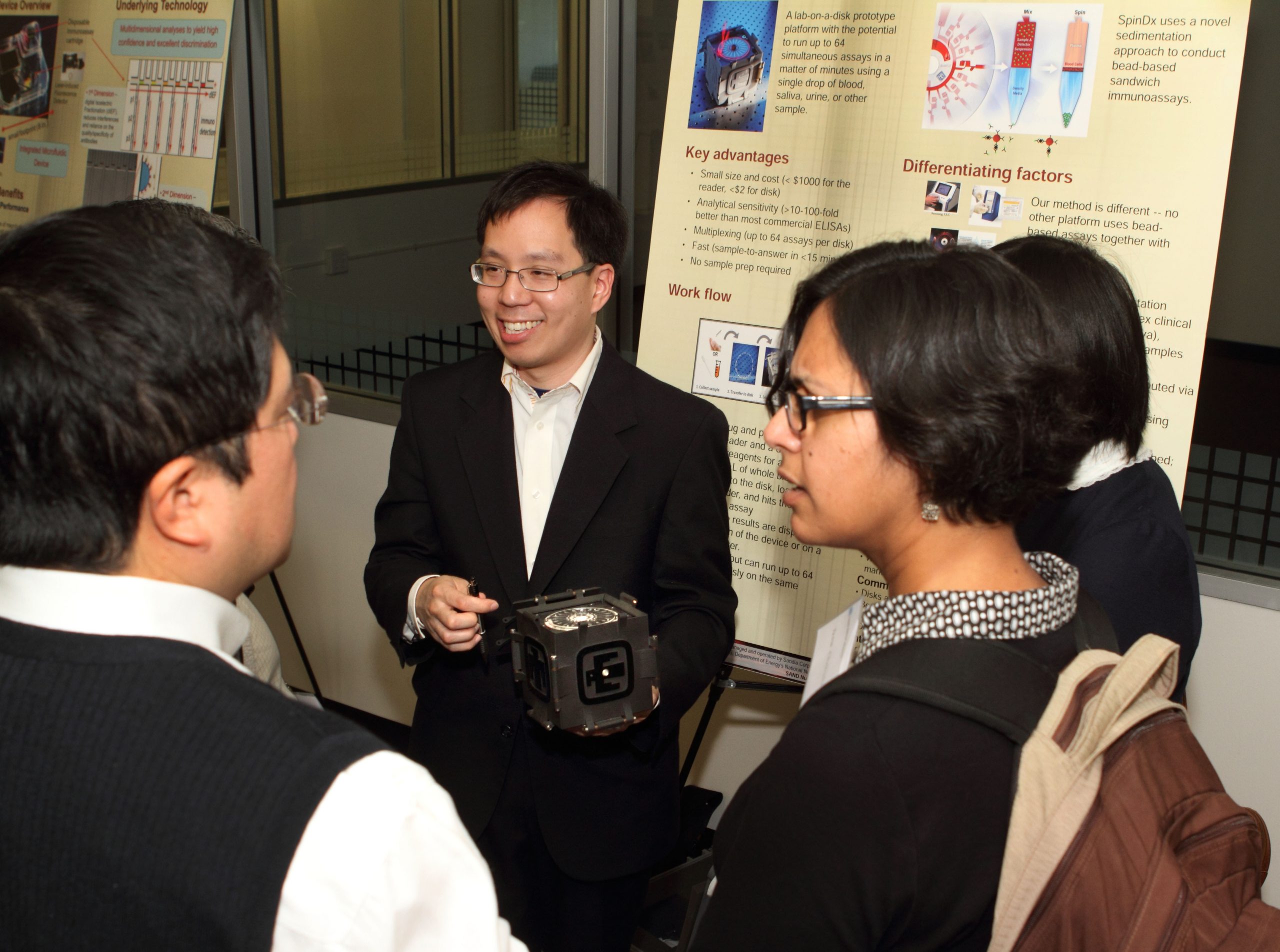April 9, 2018 • ALBUQUERQUE, N.M. — Our immune systems are made up of billions of white blood cells searching for signs of infections and foreign invaders, ready to raise the alarm. Sandia National Laboratories computer scientists Pat Finley and Drew Levin have been working to improve the U.S. biosurveillance system that alerts authorities...
Categories: Bioscience / Medical Research, Computing


